
Developer: Dev9K
Publisher: Red Deer Games
Platform: Switch, PC
Tested on: Switch
Nirvana Pilot Yume – Review
Nirvana Pilot Yume is somewhat of a controversial title, that has even been described as a porn game by some people. We take our job very seriously here, so we had to sacrifice ourselves to take a look at this futuristic visual novel/racing game hybrid. Does the game live up to its reputation? More importantly: is it any good?
Story
The story of Nirvana Pilot Yume takes place in the year 3080. A flashback opening sequence establishes both the setting and our main character’s backstory. In Nirvana Pilot Yume’s futuristic setting, conflicts are resolved through the Great Ultrathought Race of the Universe, or G.U.R.U. for short. The G.U.R.U. is a high-speed obstacle course that needs to be cleared by Nirvana Pilots. Pilots are tasked with clearing these courses, with the best one determining the outcome of political conflicts. As these courses tend to be too much for a single person to handle, pilots are guided by Eyes. Eyes guide pilots from a control room through a psychic Nirvana link. Our protagonist, Ardain, used to be one of the best Eyes in the universe, until his racing partner died tragically in a crash. Ardain is retired, but when rookie pilot Yume comes knocking at his door, she quickly convinces him to step back into the racing game again.
It’s the cliché plot of a ton of cheesy ’80s movies, except it’s set in a retro-futuristic setting. The dialogue is poorly written, although this is likely the result of not being translated by a native English speaker. Still, if you’re billing your game as a visual novel, then it’s probably not a bad choice to have people proofread your awkward sentences. Then again, most of the dialogue choices seem like a poor attempt at innuendo. The relationship between the Eye and the Pilot is riddled with thinly veiled sexual metaphors and the game strays into porn territory at times. That’s not an exaggeration by the way: Nirvana Pilot Yume features several sex scenes, although they are executed in a very awkward and unnatural way.
Graphics
There’s a clear distinction between the racing parts and the visual novel parts of Nirvana Pilot Yume. The racing parts -and by extension the title screen and menus- fully embrace the retro-futuristic aesthetic of the ’80s. A CRT filter emphasizes the retro look and makes the game feel like a genuine piece of ’80s nostalgia. Continuing this look into the visual novel parts would’ve made sense. It would’ve also helped to disguise the look of the character models: they suffer from a lack of detail, and using flat colors with only one level of shading doesn’t help either. Compare Yume’s design from the in-game screenshots to the image used to promote the game and you’ll see the difference. The promo image forms the middle ground between the CRT-style and the illustrative style used in-game, and looks a lot more appealing, despite having less crisp linework. Admittedly, everything is well-drawn, with great character designs, but the clash between the CRT visuals and the more modern drawings with harsh lines really feels inconsistent and hurts the overall presentation of the game.
Sound
If anything, the soundtrack is the highlight of the game. Brought to you by Retröxx, the OST features fantastic synthwave music, and is well worth checking out if you are a fan of the genre. The music is most prominent during the racing sections. Apart from the music, there are almost no other sounds in the game, not even during the racing sections, but with a soundtrack this good, we have no complaints here. You don’t have to buy the game to enjoy the music either, as it is freely available to listen to on YouTube.
Gameplay
The gameplay is divided into two sections: the visual novel and the racing part. The visual novel doesn’t offer a lot in the way of actual gameplay. Yes, you read the dialogue and make a choice here and there, but the bulk of the excitement is in the high-speed space race. Or at least, it should be, because these sections suffer from three major flaws that really hurt the overall experience. The core concept is rather simple. Once you start your engine, your craft will start to move forward, gradually building up speed as you go along the track. You can move the craft sideways and you can jump. It’s a simple but effective setup, but it’s also where we encounter our first major flaw: the jump button suffers from input lag at seemingly random times. This often leads to unfair deaths, which is frustrating, to say the least. Then there’s the issue with Nirvana Pilot Yume’s race track designs. There’s no real rhyme or reason to which parts of the track are safe to move on and which ones will cause you to drop to your death. There’s no logic here, and the colors for safe and unsafe often swap between tracks. The only solution is to learn the layout of each track through trial and error and memorization.
This brings us to our third, and perhaps biggest flaw: the way the trial and error concept is implemented. On the surface level, there’s nothing wrong with having to memorize a track layout in a racer. Many games rely on that in order to get the best result. Where Nirvana Pilot Yume deviates from this is through the Nirvana Link: the number of attempts you have to clear a track is determined by the current Nirvana Link percentage between the Pilot and the Eye. Having a high link means more tries, and every time you fail, the link drops… and doesn’t restore between tracks. This means that screwing up on a single track will affect every track that follows after it, as not only do you get fewer tries, but a low link will also result in visual distortion, making the track harder to see and thus easier to fail. This leads into a vicious cycle where you’re actually punished by a game that gets harder and harder the worse you are at playing it. At this point, we’d like to remind you that the tracks are reliant on trial and error rather than skill. You can improve and restore your Nirvana link by plowing your way through the visual novel parts of the game, which, as we mentioned are filled with awkward dialogue and poorly-written sexual undertones.
Conclusion
Nirvana Pilot Yume’s concept had a lot of potential, but the execution leaves a lot to be desired. Perhaps this is why the awkward sex scenes were implemented: if the game itself is below average, having the reputation of being a “porn game” might entice some people to give it a try anyway. While that reputation isn’t entirely unwarranted, we can safely say that you’re better off skipping this title.
Nirvana Pilot Yume - Review,
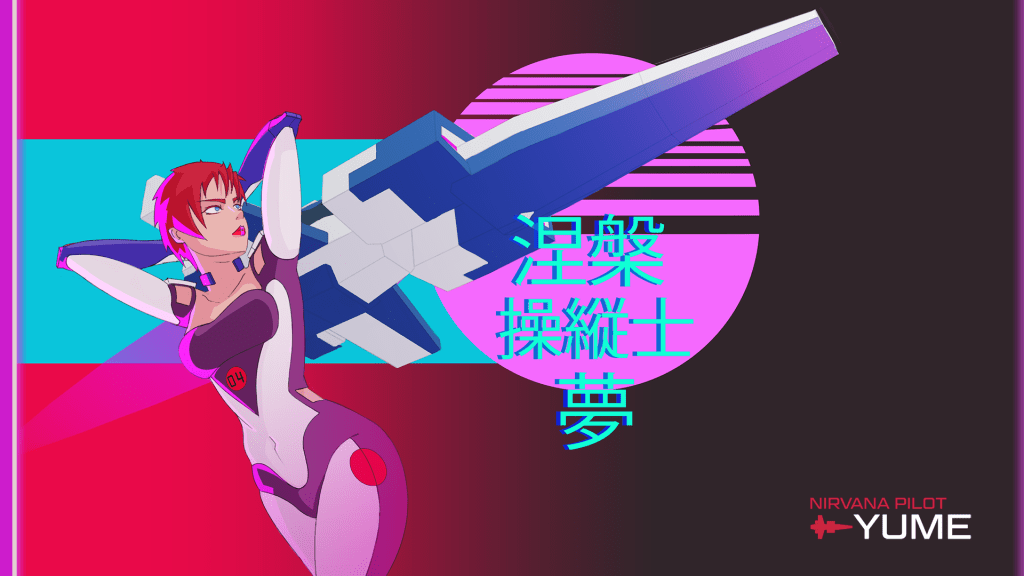

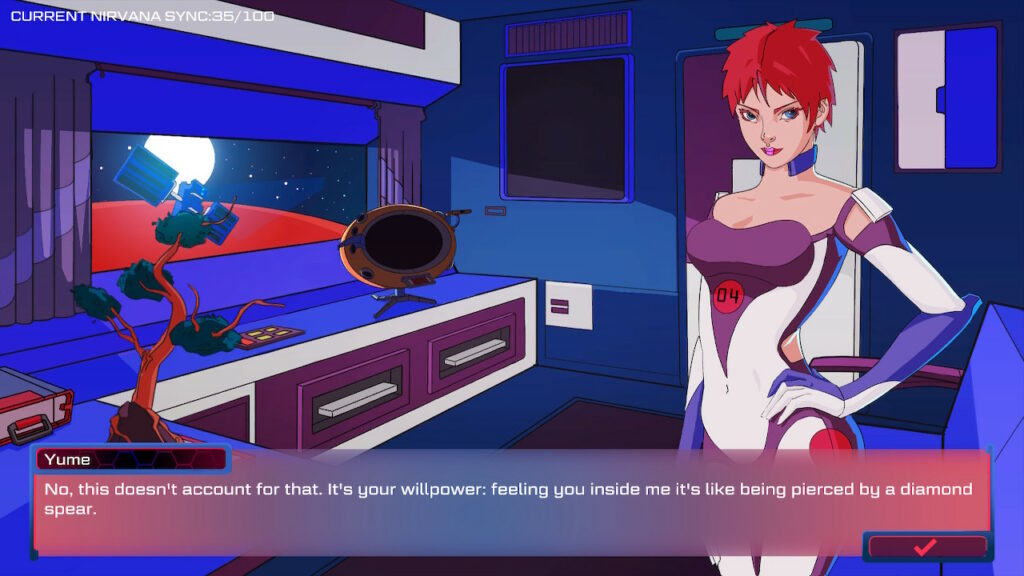
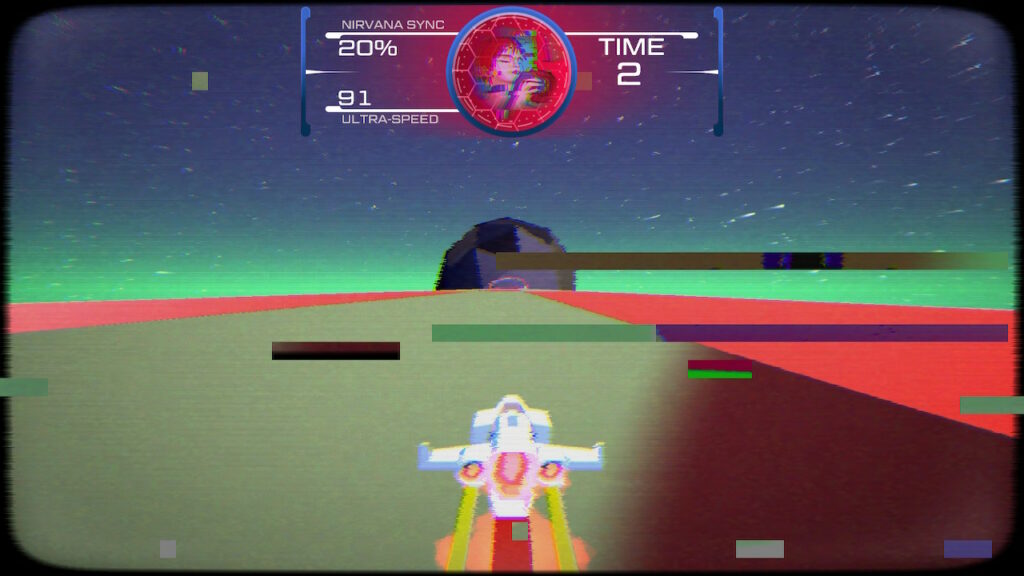
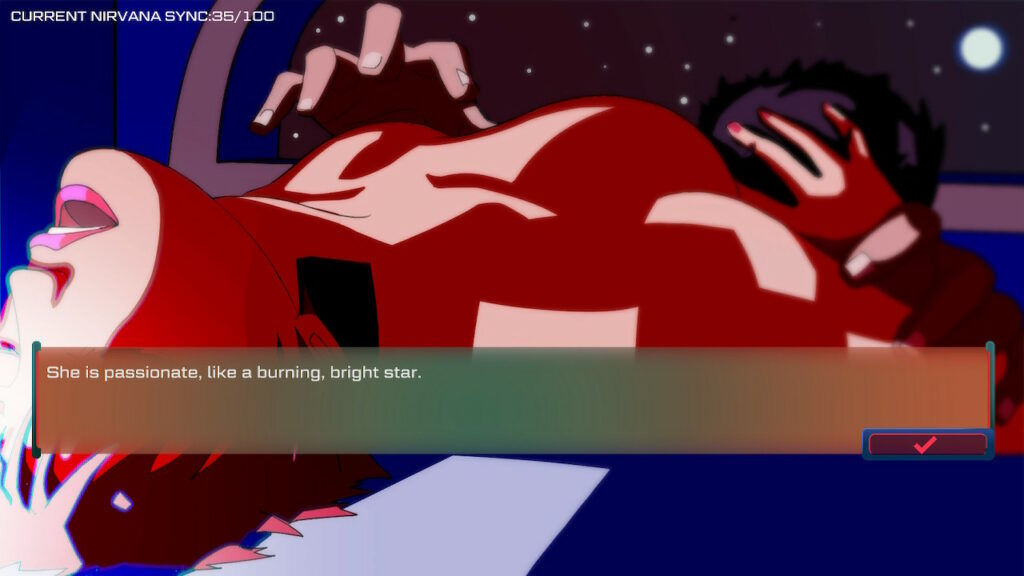
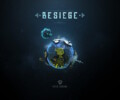
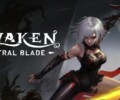


No Comments